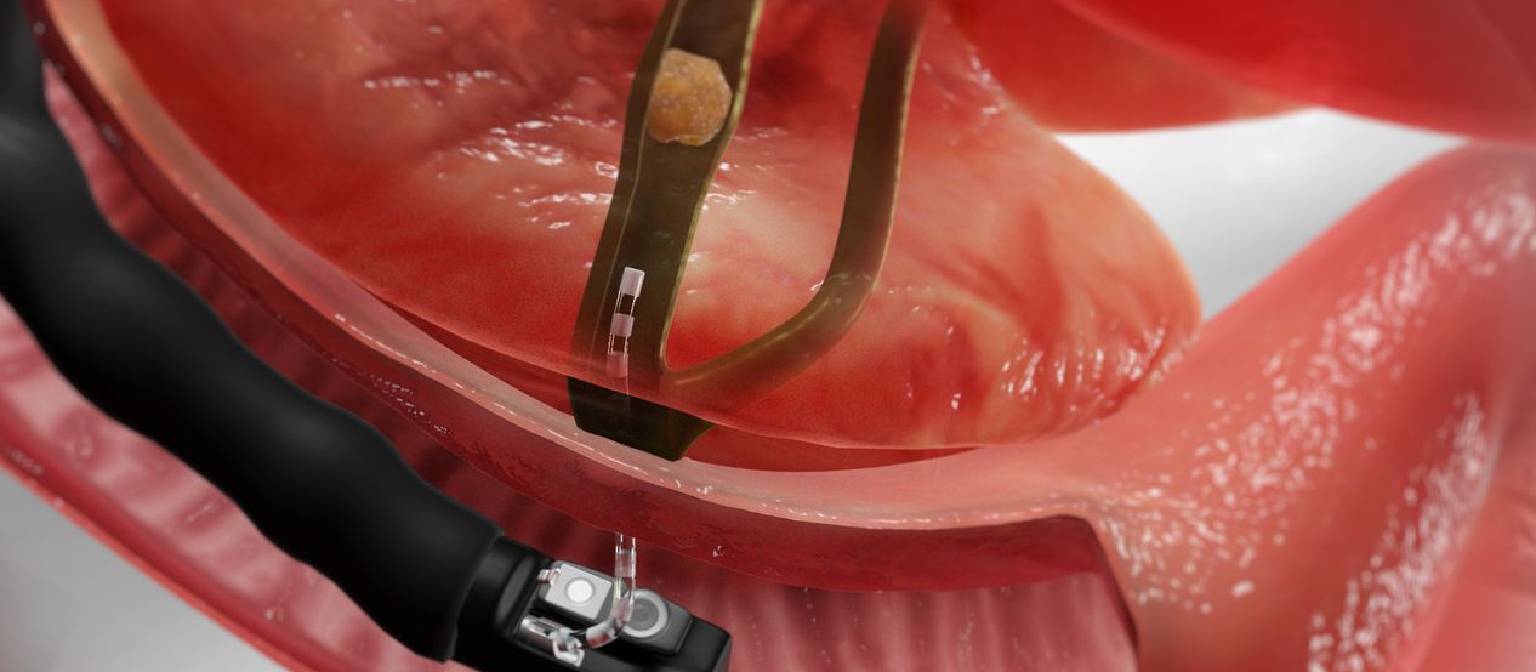Our Services

Endoscopic retrograde cholangiopancreatography, or ERCP, is a procedure to diagnose and treat problems in the liver, gallbladder, bile ducts, and pancreas. It combines X-ray and the use of an endoscope a long, flexible, lighted tube. Your healthcare provider guides the scope through your mouth and throat, then down the esophagus, stomach, and the first part of the small intestine (duodenum).
Bile duct stones (also known as choledocholithiasis) and the pancreatic ducts are key areas in the digestive system that can be affected by various conditions, particularly stones, inflammation, and blockages. Here’s an overview of their functions, common problems, and treatments.
Bile Ducts and Bile Duct Stones
The bile ducts are a series of tubes that transport bile—a digestive fluid produced by the liver—into the small intestine. Bile aids in digesting fats and eliminating waste products from the body. The main bile ducts include:
- The common bile duct (which carries bile from the liver and gallbladder)
- The hepatic ducts (right and left ducts coming from the liver)
- The cystic duct (from the gallbladder)
Bile duct stones are typically gallstones that have migrated from the gallbladder into the bile ducts, though some may form directly in the ducts. These stones can obstruct the flow of bile, leading to various symptoms and complications.
Symptoms of Bile Duct Stones
- Pain in the upper right abdomen or center of the abdomen
- Jaundice (yellowing of the skin and eyes)
- Fever and chills (often with infection)
- Dark urine and pale stools
Complications
- Cholangitis: Infection of the bile duct
- Pancreatitis: Inflammation of the pancreas, often triggered if a stone blocks the pancreatic duct
Treatment for Bile Duct Stones
- ERCP (Endoscopic Retrograde Cholangiopancreatography): The most common procedure to remove bile duct stones. A scope with instruments can retrieve stones or place a stent to keep the duct open.
- Surgery: In certain cases, especially if there are multiple stones or if ERCP is not successful, surgery may be necessary.
- Shock wave lithotripsy: Sometimes used to break up stones that cannot be removed through ERCP.
Pancreatic Ducts and Common Problems
The pancreatic ducts carry digestive enzymes from the pancreas to the duodenum (first part of the small intestine), where they help break down carbohydrates, proteins, and fats. The main ducts in the pancreas include:
- The main pancreatic duct (duct of Wirsung)
- The accessory pancreatic duct (duct of Santorini)
The common bile duct and the main pancreatic duct meet at the ampulla of Vater before entering the duodenum, making this area prone to blockages that can affect both bile and pancreatic enzyme flow.
Common Issues with the Pancreatic Ducts
- Pancreatic Stones: Rare but can obstruct the duct, leading to pancreatitis.
- Pancreatitis: Inflammation of the pancreas, often due to gallstones, alcohol abuse, or genetic factors.
- Pancreatic Duct Strictures: Narrowing of the duct, which can be caused by inflammation, chronic pancreatitis, or cancer.
Symptoms of Pancreatic Duct Blockages
- Abdominal pain (often radiates to the back)
- Nausea and vomiting
- Weight loss and poor digestion (due to enzyme deficiency)
- Steatorrhea (oily, fatty stools)
Treatment for Pancreatic Duct Issues
- ERCP: Used for both diagnosis and treatment, including stone removal, stent placement, and dilation of strictures.
- Endoscopic ultrasound (EUS): Often used to get a detailed image and biopsy if cancer is suspected.
- Surgery: For severe blockages or structural issues that cannot be managed endoscopically.
- Lifestyle Changes: Avoiding alcohol and a low-fat diet can help manage chronic pancreatitis symptoms.
Preventing Bile Duct and Pancreatic Duct Issues
- Healthy Diet: Low in fats and processed foods to reduce gallstone formation.
- Hydration: Staying well-hydrated may help prevent stone formation.
- Regular Exercise: Helps maintain a healthy weight and reduces the risk of gallstones.
- Avoid Alcohol: Excessive alcohol intake can damage the pancreas and increase the risk of pancreatitis.
